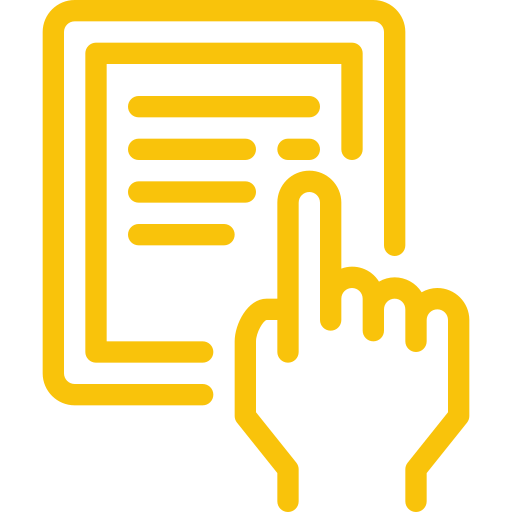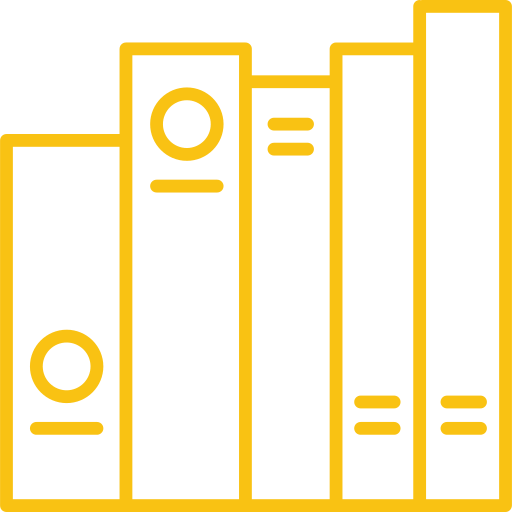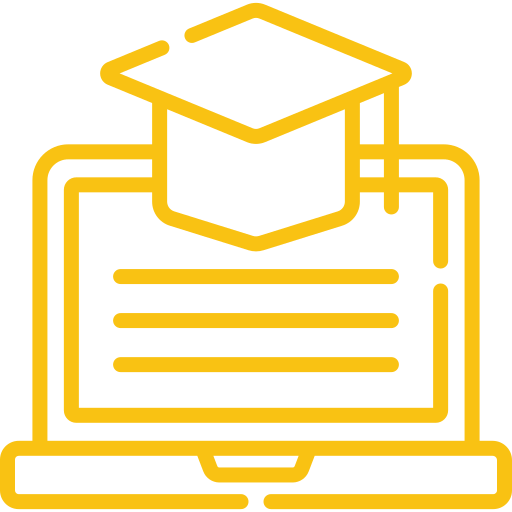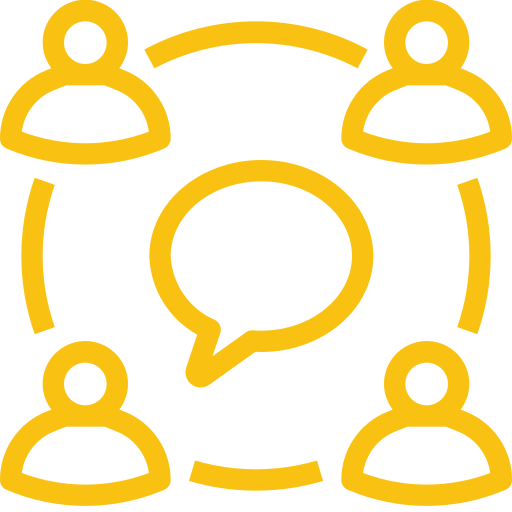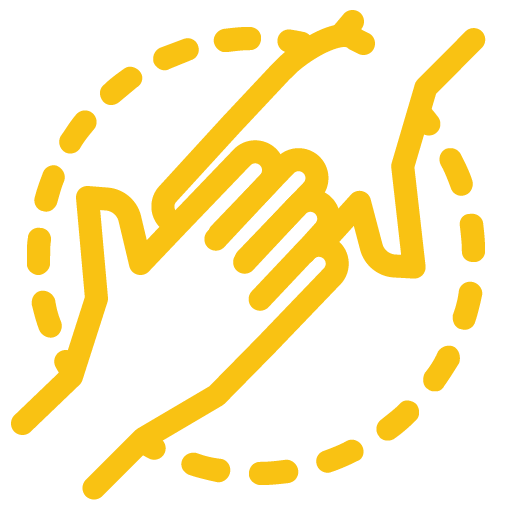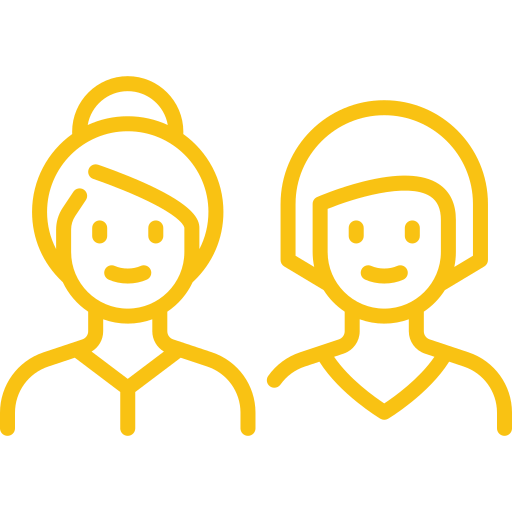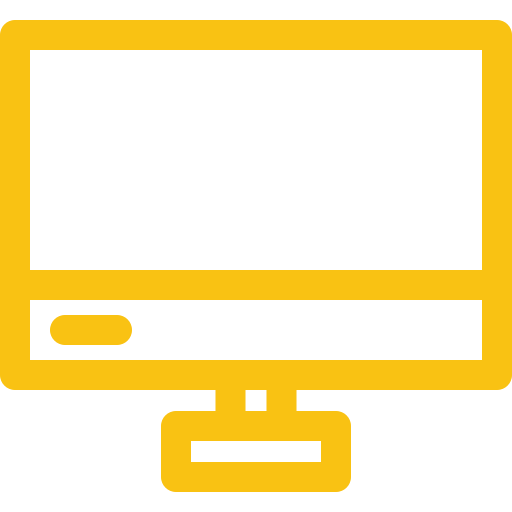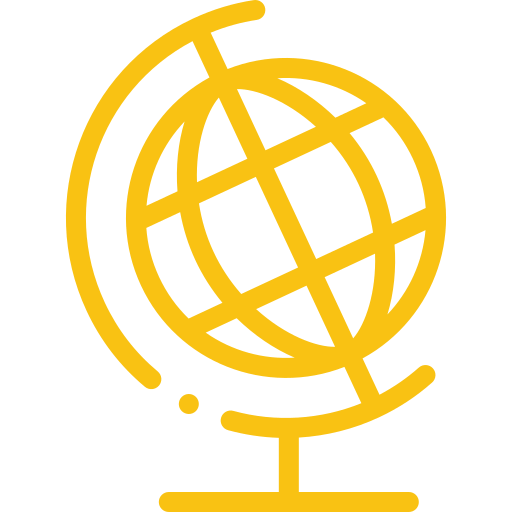different levels of support and challenge so students can choose what works best for them. This helps to cultivate multiple ways for students to show their learning. Offering action-oriented feedback that is specific and constructive guides students in their learning process. It is important to design multiple pathways for students to demonstrate competence. This could include varying the methods of response, the tools used for composition, or the scaffolds provided for planning and execution.
Putting UDL into Practice: Simple Steps to Start
Bringing universal design for learning into your classroom does not need to be an overwhelming task. You do not need to change everything all at once. Start small, and build from there. It is a continuous process of reflection, refinement, and a commitment to support opportunities for all learners.
Reflect on Your Current Practices
Take a moment to think about your current lessons and teaching methods. Where do students frequently get stuck, seem disengaged, or face barriers? What are the common hurdles you observe in your classroom? Also, consider what choices or flexible options you might already be providing to students. You might be doing more UDL-aligned things than you realize. Identifying these areas, both strengths and challenges, is the first step to develop awareness of where UDL can make the most impact. Perhaps certain concepts are consistently tricky, or a particular type of assignment often leads to frustration or a lack of learner agency. This reflection can highlight areas where a UDL approach could make a significant positive impact and help address biases in your materials or methods.
Setting Clear Goals (and Flexible Paths)
It is very important to have clear learning goals for every lesson. However, UDL asks us to consider separating the goal from the method students use to achieve it. What do you truly want students to know or be able to do by the end of the lesson or unit? For example, if the goal is to understand a historical event, does it absolutely have to be demonstrated through a five-paragraph essay? Could students showcase their understanding in other ways, such as a presentation, a debate, or a timeline with explanations? By focusing on the core learning objective, you can design multiple flexible paths for students to reach that goal and demonstrate their mastery. This allows you to cultivate multiple ways of learning and showing understanding.
Incorporating Technology Thoughtfully
Technology can be a fantastic ally for universal design for learning. Numerous tools exist that can help provide options for engagement, representation, and action and expression, ultimately helping to optimize access. Consider text-to-speech software, which reads digital text aloud, supporting students with reading difficulties or those who benefit from auditory input. Online concept mapping tools can help students organize ideas visually. Interactive simulations can make abstract concepts more concrete and engaging, especially in STEM lessons. However, it is important to use technology with clear purpose and integrate accessible technologies. Do not just add technology because it is new or flashy. Tech tools should support your learning goals and help remove barriers for students. For instance, using tablets for research can offer access to varied media types and information formats. A well-chosen graphic organizer, digital or otherwise, can greatly assist students who have attention issues or need help structuring information.
Creating a Supportive and Flexible Classroom Environment
Your classroom’s physical setup and overall atmosphere significantly matter. Think about how your room is arranged. Are there quiet spaces for individual work and clearly defined areas for collaboration? Can students easily access necessary materials and multiple tools? Beyond the physical aspects, consider your classroom routines and culture. Do your routines help students feel predictable and secure? Building a strong classroom community where students feel valued, respected, and that their identities open/close up to positive affirmation is fundamental to UDL. When students trust each other and you, they are more willing to take on challenges, cultivate empathy, and use the flexible options UDL provides. Collective reflection on learning processes can also strengthen this environment.
Furthermore, such an environment allows students to develop their emotional capacity. When they feel safe, they are more likely to engage in restorative practices if conflicts arise. This supportive atmosphere makes it easier to recognize expectations and support opportunities for every student to succeed.
Here is a table summarizing how UDL principles can be applied with practical examples:
| UDL Principle | Core Idea (The Why, What, How) | Practical Classroom Examples | Keywords Connection |
| Multiple Means of Engagement | The “Why” of Learning: Sparking interest, motivation, and persistence. |
|
welcoming interests, sustaining effort, foster collaboration, optimize challenge, emotional capacity, foster belonging |
| Multiple Means of Representation | The “What” of Learning: Presenting information in various formats. |
|
multiple media, clarify vocabulary, support decoding, connect prior knowledge, building knowledge, making meaning, explore patterns, mathematical notation, language structures, big ideas |
| Multiple Means of Action & Expression | The “How” of Learning: Providing diverse ways for students to show what they know. |
|
offer action-oriented feedback, multiple tools, accessible materials, authentic ways, design multiple options, cultivate multiple ways |
Addressing Common Questions About UDL
As teachers begin to explore UDL, some common questions often arise. Addressing these can help clarify the framework and its implementation. The UDL guidelines are designed to be flexible and adaptable.
A frequent question is: Is UDL just for students with disabilities? The answer is a clear no. While UDL principles definitely benefit students with identified disabilities, its core idea is that it benefits all learners by making the learning environment more flexible and accessible. Every classroom has students with varied learning preferences, backgrounds, and needs, including those requiring support for attention issues. UDL is about proactively designing for that variety from the outset, offering multiple ways to access information and demonstrate learning. This approach creates a more inclusive and effective learning environment for everyone, helping each student reach their full potential and promoting individual growth. This also means providing and building knowledge where foundational concepts are readily accessible.
Another concern teachers sometimes raise is whether UDL means lowering academic standards. This is a misconception. UDL is not about making things easier or reducing expectations. Instead, it is about maintaining high standards while providing flexible pathways and robust supports for students to meet them. It is about recognizing that students can show understanding and skill in many different ways. The goal remains high achievement, but the journey to get there can look different for different students. You make the curriculum accessible, using accessible materials and technologies, without watering it down, helping students connect prior experiences to new learning.

Finally, some teachers wonder if implementing UDL is too difficult or takes too much time. It is true that any new approach involves some initial learning and planning. However, you do not have to overhaul everything at once. Start with one small change. Maybe you offer one new way for students to access information in your STEM lessons, or one more option for how they can complete an assignment. Many teachers find that the long-term benefits, such as increased student engagement, deeper understanding, and improved learner agency, far outweigh the initial effort. Over time, these practices become a natural part of your teaching, as resources like the IRIS Center show can lead to powerful outcomes. It’s about taking small steps to support multiple ways of learning.
Some also ask how universal design for learning connects with other educational ideas like personalized learning or differentiation. UDL provides a broad framework that sets the stage for these practices. It complements these other approaches by ensuring the learning environment itself is designed for variability. For example, UDL’s focus on learner variability and flexible options directly supports personalized learning goals. Differentiation often happens in response to specific student needs observed after instruction has begun, while UDL is about building in that flexibility from the beginning of the planning process for all, aiming to design multiple options for everyone.
Conclusion
Ultimately, universal design for learning offers a powerful and proactive way to think about teaching and learning. It shifts the focus from attempting to “fix” the student to adapting the curriculum and the learning environment to meet diverse needs. By embracing the principles of universal design for learning, you can create classrooms where all students feel welcomed, are appropriately challenged, and receive the support necessary to become expert learners. It is an ongoing journey of refinement and reflection, but one that promises a more equitable, engaging, and effective education for every child. Starting this journey, even with small steps, can transform your teaching practice and profoundly impact your students by offering multiple ways to learn and succeed. This includes creating opportunities for building knowledge and using multiple media to support diverse learners.
If you are looking to learn more, consider taking one of our graduate classes here at MTI. We offer the most affordable graduate classes on the market, developed by real teachers.
Unlike other companies, we have zero hidden costs, and we provide the syllabus before you sign up. Some surprises are good, but they shouldn’t involve your money or time.
And if you’re interested in teaching with us, feel free to reach out via any of our social media links, or send an email to [email protected] for more details.


